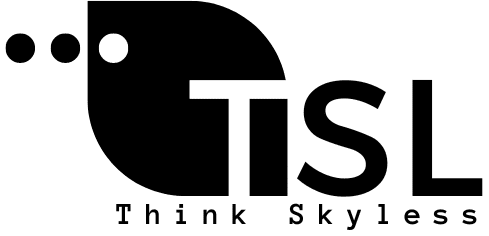
Your employer does not consistently deduct these taxes from your paychecks. You alone are responsible for deciding how much tax to pay each quarter and when to pay it.
You will find detailed instructions on how to calculate your quarterly taxes in the article after this one, as well as how to submit those quarterly tax payments once they have been precisely estimated.
If you own a business, you almost certainly have to pay taxes quarterly. Every three months, tax payments must be made to the IRS. This may seem difficult, but it could take a lot of time.
You can have a better understanding of your financial condition and prevent surprises at tax time if you complete your quarterly taxes on time. This tutorial will cover all the information you require to submit estimated taxes correctly.
What is an estimated tax?
The four sections of the taxes you owe the IRS for the tax year are referred to as quarterly taxes. Instead of being paid in full at the end of the fiscal year, taxes are paid periodically throughout the year.
Just assess whether you must pay taxes on a quarterly basis by using a quarterly tax calculator. As per the IRS guidelines, any earnings derived from a taxpayer’s business activities, working as an independent contractor, or engaging in side jobs are categorized as self-employment income. This income is taxable and should be reported on Schedule C of Form 1040.
Who is required to make quarterly tax payments
The number of individuals working remotely from their homes is steadily rising. These workers may frequently be eligible for tax deductions that W-2 workers are unable to use. Be sure you follow IRS rules before claiming these deductions to prevent paying additional taxes or facing fines. As a self-employed person, you are eligible for numerous deductions, including the simplified home office deduction, the dental premium tax deduction, and even the relocation expenses tax deduction.
According to the IRS, anyone who earns a living through a distinct economic activity is regarded as self-employed. In addition to carrying out their duties, they deal directly with their clients. The IRS considers sole proprietors, independent contractors, freelancers, and those who accept work directly from clients to be self-employed.
Self-employed people must pay self-employment taxes in order to be eligible for social security payments after retirement.
To put it succinctly, all independent contractors, freelancers, and gig workers are required to pay quarterly taxes. Anybody who owes more than $1,000 in taxes in any given year is subject to the anticipated tax payment requirement. The following is funded by these levies:
- federal income tax in the US
- government income tax
- tax on self-employment
- Helpful services
- Medicaid/Medicare
Your employer deducts these expenses from your W-2 compensation. Yet, regardless of whether you work as an independent contractor, own a business, or earn additional income, you are responsible for making these payments.
The best quarterly tax payment calculator can help you file your taxes quarterly, which is the simplest and most straightforward way to reduce your tax burden when working as a freelancer. Naturally, you want to save as much money as is permitted by law, so do your best to achieve that as well. You must first determine your adjusted gross income (AGI) and deductions for the entire year before you can begin to calculate your quarterly taxes.
If so, how much should you pay?
You must submit anticipated tax payments for your self-employment tax and income four times a year using Form 1040ES and a quarterly tax payment calculator. The amount of money you expect to make and your expected tax obligations for the entire year must be projected. When calculating projected payments, don’t forget to take this into account when calculating your self-employment tax. Following that, 25% of the total is payable each quarter.
Using activities from prior years and tax software, you can calculate your quarterly taxes.
The IRS has deadlines for projected tax payments, and you will be punished if you don’t fulfill them. If you had an underpayment for the entire year, a penalty will be imposed when you complete your annual income tax return. The IRS is strict about these quarterly payments, so plan ahead and make sure the due dates are recorded on your calendar. Even if you are eligible for a refund at the end of the year, you could still face consequences if you don’t make your quarterly payments on time.
You should set away a portion of your income for taxes. By taking the time to register a company bank account, you may avoid the temptation to utilize money for continuing operating expenditures by keeping it separate from your regular spending. The quarterly payments could feel like a shock if you don’t make any beforehand arrangements. As long as the amount owing for the quarter is accurately calculated, you can pay once a month or even once a week if you have problems saving money.


